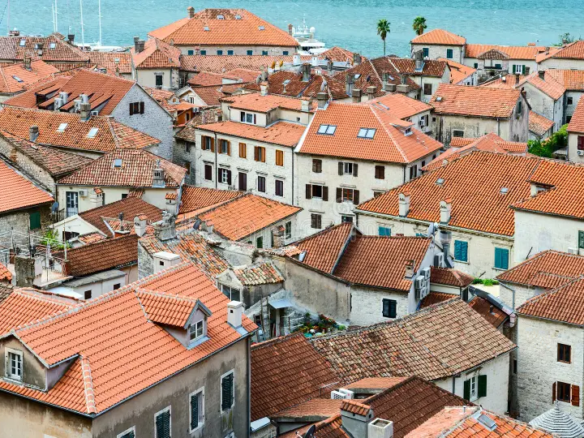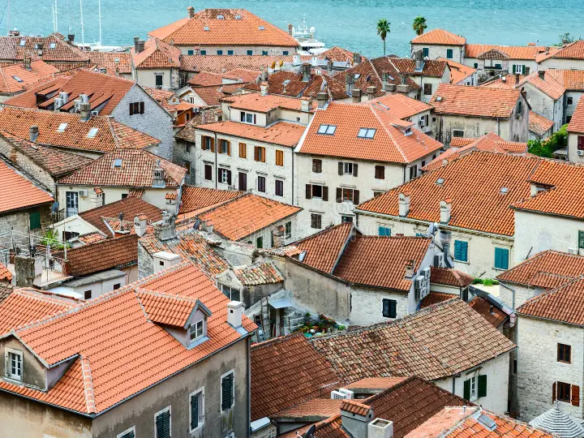Montenegro Schooling System: There are many international schools in Montenegro (which we will cover in another post), and in this article we will give an overview of the local schooling system.
Share this Article:
Although the international schools and online schooling are a favourite for foreigners moving to Montenegro, we will introduce you to the local schooling system for those curious or would like to consider as an option for those moving to Montenegro.
The biggest hurdle foreigners might face enrolling their kids in local schools is a language barrier. Montenegrin is the official language and schooling will be carried out in Montenegrin. International schools are taught predominantly in english so makes it the obvious choice for most expats and foreigners.
Montenegro is a small but beautiful country located in the Balkans, nestled between Bosnia and Herzegovina, Serbia, Kosovo, Albania, and the Adriatic Sea. It has a rich cultural heritage and offers a stunning natural landscape, making it an increasingly popular destination for expatriates.
If you are planning on moving to Montenegro with your family, one of the most important considerations is the education system. Montenegro’s education system is rapidly developing, and there are various schooling options available to suit the needs of all students.
Schooling Options
The education system in Montenegro is divided into several stages, including preschool, primary, secondary, and higher education. Primary and secondary education are compulsory, and the duration of each stage is eight years.
Preschool Education
Preschool education in Montenegro is not mandatory, but it is available to children between the ages of three and six years old. Preschool programs are provided by both public and private institutions, and they focus on the development of social, emotional, and cognitive skills through play-based activities.
Primary Education
Primary education in Montenegro is compulsory for all children between the ages of seven and fifteen. Public schools provide free education, and private schools charge fees. The curriculum in primary school is designed to provide a basic understanding of language, mathematics, science, history, geography, and art.
Secondary Education
Secondary education in Montenegro is divided into two stages: lower secondary and upper secondary. Lower secondary education is compulsory for all students between the ages of fifteen and eighteen, and it lasts for three years. Upper secondary education is optional and lasts for four years.
There are various types of upper secondary schools in Montenegro, including general, vocational, and art schools. General schools provide a broad range of subjects, while vocational schools focus on specific vocational skills such as IT, hospitality, and agriculture. Art schools specialize in various forms of art, including music, dance, and drama.
Higher Education
Higher education in Montenegro is provided by public and private universities. Public universities offer free education, while private universities charge fees. There are several universities in Montenegro that offer courses in various fields such as medicine, law, engineering, and economics.
Schooling System
The schooling system in Montenegro is similar to other European countries, with a structured curriculum and strict guidelines for teachers and students. The Montenegrin education system follows a national curriculum that is based on the European model.
The school year in Montenegro starts in September and ends in June, with breaks for Christmas, Easter, and summer holidays. The school day typically starts at 8 am and finishes at 2 pm for primary school students and 3 pm for secondary school students.
The grading system in Montenegro is based on a scale of 1-5, with 5 being the highest grade. Students are required to achieve a minimum passing grade of 2 in each subject to progress to the next level of education.
Montenegro is a country that offers a diverse range of schooling options to suit the needs of all students. The education system is well-structured and follows a national curriculum that is based on the European model. Public schools provide free education, while private schools charge fees. If you are planning on moving to Montenegro with your family, it is important to research the schooling options available to ensure that your children receive the best possible education.
Share:




Join The Discussion